Showing 41–50 of 134 results

The book explores the concept and experiences of life after death based on religious insights on the subject and experiences of human souls on the threshold of death as recounted by doctors. It examines the sacred texts of religions, like the Holy Bible, the Vedas, the Srimad Bhagavad Gita and the Upanisads for a broad understanding of the subject.
The book explores the concept and experiences of life after death based on religious insights on the subject and experiences of human souls on the threshold of death as recounted by doctors. It examines the sacred texts of religions, like the Holy Bible, the Vedas, the Shrimad Bhagavad Gita and the Upanishads for a broad understanding of the subject. It deals in particular with aspects of life after death as detailed by Christianity: the General Resurrection, Last Judgement, Hades, Paradise, Heaven and Hell, the concept of the Son of God and His dying on the cross as propitiation for the sins of man. It elaborates on the experiences of the soul after death and on the life after death as such by thoroughly studying the Bible. It reveals Biblical insights on Satanic deceits to enter the minds of people who are spiritually devoted, the soul departing from the physical body, and compassion, solace and love in the spiritual world. The volume showcases the experiences of those nearing death which include new feelings and sensations as a spiritual being, meeting with other spirits and viewing the Light, that is, Christ Himself when passing through death. Mr Isaac emphasises the need to be faithful and perform acts of divine love and righteousness in all sincerity in order to prepare oneself for the eternal life in the hereafter.
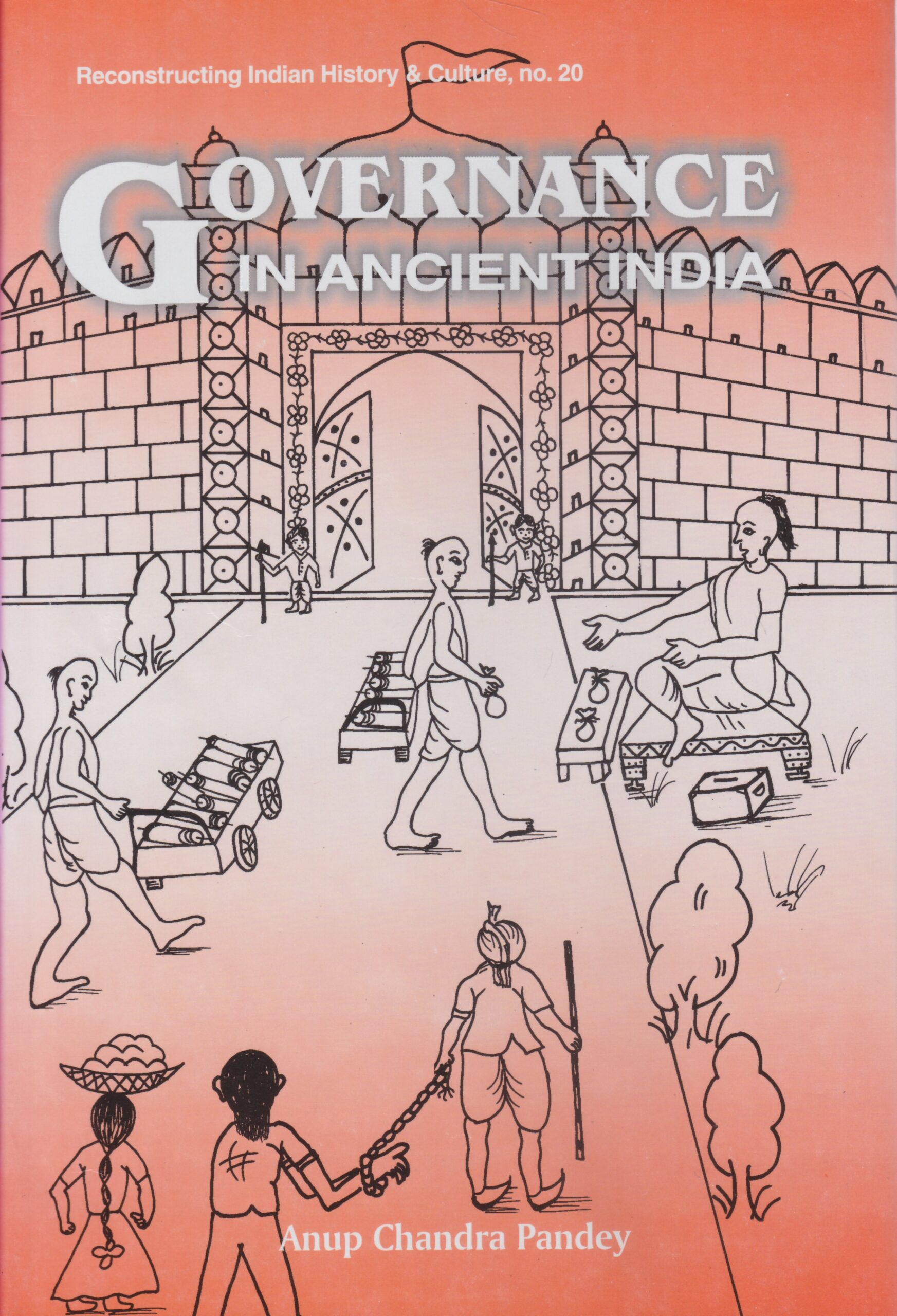
The research examines the nature, development and function of the civil service in ancient India. It explains the ancient perceptions of good and ethical governance study literary, inscriptional and numismatic evidence.
From the Vedas to Sutra and Smriti texts, from the time honoured epics to the foreigners travelogues and literary classics leave alone Kautilyas far-famed Arthashastra and other treatises of its genre, ancient Indian literature carries myriad references, bearing out not just the principles, philosophy and mechanisms of good governance, but the existence of a well-organised, hierarchical civil service as well. Yet Dr. Pandeys happens to be the first ever research effort to consider governance/civil service in ancient India: in all its different manifestations. Covering a vast time-span: from the Vedic times to about the seventh century ad, Anup Pandeys research explores the evolution, nature, scope, functions, importance, and other kindered aspects of the ancient Indian civil service with meticulous description of its varying contours during the reigns of the Mauryas, Indo-Greeks, Shakas, Pahlavas, Kushanas, Imperial Guptas, and Harshavardhana. Also, the book tries to unveil the ancient Indian politys perceptions/norms/modes of good, ethical governance, largely on the basis of sacred works, like the Ramayana and the Mahabharata. Together with inscriptional and numismatic evidence, the author has marshalled an astonishing mass of literary sources to show, beside a lot else, how an efficient civil service in ancient India was viewed as an imperative for the vitality of the state; and why, therefore, high-ranking functionaries/bureaucrats, entrusted with legislative, executive, financial and the like offices, or with policing and military duties, were often scrupulously chosen from among the politys best talent. Invaluable to the scholars of anceint Indian history, political science and government.
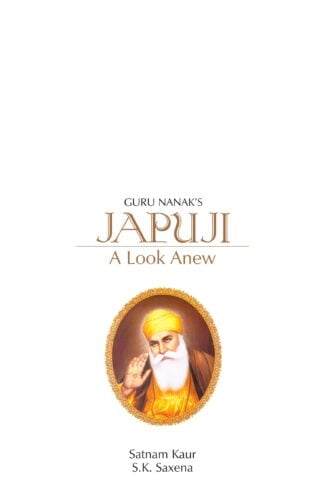
Japuji, Guru Nanak’s seminal work, also a daily prayer book, is the quintessence of his teaching. This book also attempts to explain the order of Guru’s prolific utterances, be they invocatory or just eulogistic. It has the Mul Mantra well interpreted. It also has the entire text of Japuji in Punjabi and Devnagari with Roman transliteration.
The ultimate reality, God or Brahman, may well be said to outstrip the reach of thought; but if we do not try, as thoughtfully as we possibly can, to get at what Guru Nanak really says in this seminal work Japuji a daily prayer book Þ how will we be able to benefit from his teaching, as he surely wanted fervently? In the entire history of mankind very few men have been so acutely sensitive to our multifarious suffering, and so keen to show us the way to transcend it for good, as Guru Nanak was. This makes the authors approach this holy work in a new perspective.
This volume tries to interpret Mul Mantra in such a way that the celestial attributes listed in it come to be interrelated, as they must be taken to be. It also attempts wherever possible to explain the order of Guru’s prolific utterances, be they invocatory or just eulogistic. However ebullient the Guru’s utterances may seem to be, they are always significant vehicles of some profound meaning; and also warranted by the running context.
Guru Nanak’s Japuji is a great work, yet this volume is expected to do some good to every thoughtful reader. At the end, the entire text of Japuji in Punjabi, Devnagari with Roman transliteration is given, making the text accessible to the masses who live outside India and need this prayer to be read in English.

The book studies, in two volumes, the traditional concept of Hindu marriage as a sacrament, analysing the validity of the reasons for incorporating the provision of divorce in the Hindu Law. It discusses divorce laws in the global perspective and analyses statutory divorce in Hindu Law.
The book is a detailed study (in two volumes) of the traditional concept of Hindu marriage as a sacrament, analysing the validity of the reasons for incorporating the provision of divorce in the Hindu Law. Relying on a variety of original and secondary sources -the juridical literature of ancient texts like the Vedas, Dharmasutras and works of eminent scholars on the subject, it first examines the status of women under Shastric law: her exalted position in family and society and the constraints imposed upon her. Showing how the concept of divorce is based on recognising marriage as a contract rather than a sacrament, this scholarly work discusses divorce laws in the global perspective and makes a detailed analysis of statutory divorce in Hindu Law, particularly the grounds for divorce and its statutory evolution. Dr. Kohli considers crucial concerns related to secularisation of marriage, the Western cultures influence on the social upheaval in Indian society, and whether divorce is the solution to effectively address the social evils against women. Maintaining that Hindu marriage is still a sacrament despite inclusion of divorce-related provisions in the Hindu Marriage Act, 1955, he recommends abolition of divorce laws for their disastrous results on the society or, at least, a review of these laws. Quoting from diverse original Sanskrit works and giving. their English translations as well for a better understanding of the modern law, the book will be extremely useful for law and Dharmashastra scholars and students and those interested in a study of the divorce laws in the Indian context.
The region of Orissa, from the point of view of studies in historical geography, has always remained a challenging area, not least owing to its vast and complicated history, varied geography and intriguing sources. Though the historical geography of this region has been considered for analysis in the past, it has only been featured as a chapter or in a section as part of a larger whole. Thus, this work is perhaps the first attempt to present a comprehensive research study of the historical geography of Orissa.
The author, guided by long research experience, culls material from all available sources — literary, epigraphic, etc. — to subject the theme to a systematic analysis that leaves not a facet of the subject unexplored. He describes and delves into the ancient, medieval and modern periods of historical growth to underline the historico-geographical significance of various kingdoms and places of importance that emerged, flourished and disintegrated at different times — as Kalinga; South Koshala; Odri, Utkala or Toshala; Trikalinga; and the many Mandala states. He studies the physical features of the area, the mountain system of the Orissa state and its rivers, with a view to showing how they have shaped its history. The transport and communication routes in the region since ancient times are retraced to reveal the region’s strong cultural and economic foundations among other things.
This book, from first to last, unfolds a wealth of interesting and useful information. Complete with an exhaustive bibliography, index and maps of Orissa, the book can immensely aid further research works on the subject.
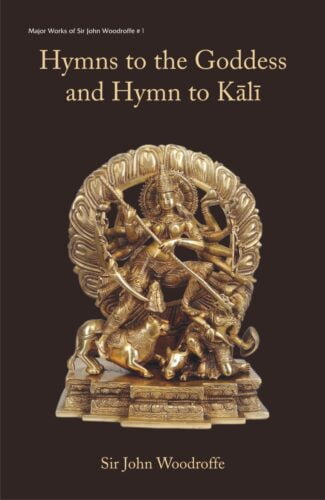
This volume Hymns to the Goddess is an endeavour of Sir John Woodroffe (Arthur Avalon) to translate the Sanskrit hymns in praise of the Goddess or Devi, scattered in Tantra and Purana texts, Mahabharata, and in the hymns of Shankaracharya. Hymn to Kali (Karpuradi Stotra), another book within the book, is a celebrated Kaula stotra, having commentary on the hymns.
The Goddess or Devi is God in Its Mother aspect. Devi, who is existence, consciousness and bliss, is thought of as a female, a male or pure Brahman. This volume Hymns to the Goddess is an endeavour of Sir John Woodroffe (Arthur Avalon) to translate the Sanskrit hymns in praise of the Goddess or Devi, scattered in Tantra and Purana texts, Mahabharata, and in the hymns of Shankaracharya, who was an incarnation of devotion and a great philosopher, Valmiki and Indra.
After a general introduction, the book starts with a hymn to Kalabhairava, the spouse of Devi, followed by Devi stotras. In these hymns, Devi is praised as Bhairavi, Bhuvaneshvari, Adyakali, Lakshmi, Tara, Mahishamardini, Annapurna, Sarasvati, Durga, Tripura in Tantra texts; Sarvavishvajanani, Ambika, Chandika, Mahadevi and Jagadambika in Puranas; Durga, Arya, Durga in Mahabharata; Tripurasundari, Ganga, Ananadalahari, Yamuna, Narmada and Mahalakshmi.
Hymn to Kali (Karpuradi Stotra), another book within the book, is a celebrated Kaula stotra, having commentary on the hymns. It, in addition to mantroddharadhara, contains stotras of dhyana, yantra, sadhana, madya, mamsa, maithuna and phala-shruti matters.
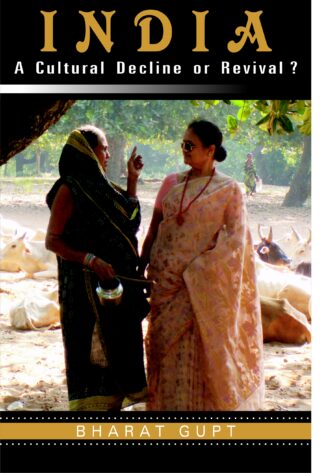
This book critically analyses the state of affairs in India after the British left in 1947 and examines whether Independence has ushered an era of cultural and social freedom or a cultural decline has set in a thought-provoking subject.
It is often taken for granted that Independence from the British rule also ushered an era of cultural and social freedom in India. The author wishes to examine if that is true or if a cultural decline set in soon after. Based on a verse in the Pancatantra, the book has been divided into six parts: Eka (person), Kula (family), Grama (habitat), Janapada (land), Prithvi (earth) and Atma. Issues of education; conflicts between the classes, regions, jatis, languages and religions; expansion of proselytizers; lack of governance; tensions between the legislators and judiciary; rise of unbridled consumerism; falling standards of democracy; dilemmas created by notions of dharma challenged by Westernized modernity; and the problems of attaining universal harmony, are all put into a perspective under these six categories. While examining the state of affairs the author also suggests a way for the pursuit of happiness through unselfish transcendence.
The South-East is a cultural perspective aptly named agneyi the direction of the God Agni. It is reflected even in the Sino-Japanese Mahakarunagarbha mandala of the 8th century where Agni is surrounded by sages: Angiras with his consort Gautami and Atreya with his consort Bhrgvi. In the Pao-hsiang Lou pantheon Agni is surrounded by eight rsi’s Angiras, Vasistha, Garga, Markandeya, Gautama, Kasyapa, Shan-ch’eng-ming-yang and Su-chi-i (the Sanskrit names of the last two have to yet to be found). In Indic terms, the conceptual space of SE Asia endows it with the serenity of the mind, the grandeur of structures, the profundity of expression derived from Sanskrit. The SE is the mind ground of the sages, the rishis, and as such the marvellous manifestation of the Hindu-Buddhist genius. This book chronicles the dynamism, the fire, the Agni of the Agneya (SE) direction across the past that shades into the present with tomorrows inside.
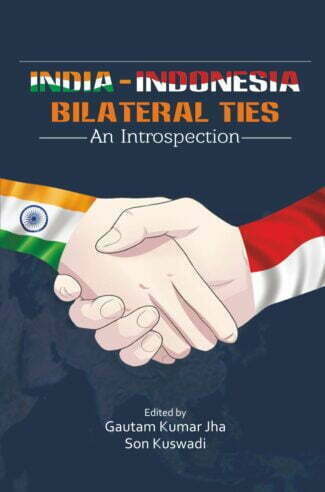
India and Indonesia maintained strong cultural and historical relationship for few millennia. As a testimony to it India stood firm for Indonesia’s freedom from the Dutch, inspiring its leaders. With India’s Look East Policy, the mutual relationships, especially in trade, have reached new heights. The economic reforms in both the countries demand stronger ties in the days to come.
India and Indonesia experienced close historical and civilizational relations from the ancient times to sixteenth century ce. During the Indonesian freedom struggle, its leaders were inspired by the anti-colonial views of Indian leaders. India firmly stood for the freedom of Indonesia from the Dutch.
During the post-colonial period, the bilateral relations underwent ups and downs. Indias Look East Policy of the 1990s made a phenomenal leap in both the countries relationship. India by leveraging its soft power, stable foreign policy, non-interference policy established trust among many South-East Asian countries and in particular Indonesia. Indonesia, being the largest country in the region, has been proved as one of the greatest allies of India.
After a decade of stable governance under President Susilo Bambang Yudhoyono, Indonesia now has a fairly strong democratic set-up. The country made the transition after thirty-one years of dictatorship of Soeharto, under the leadership of B.J. Habibie, Abdurrhaman Wahid and Megawati Soekarnoputri.
Now, when both the countries are poised to fly high after having witnessed considerable economic reforms, they need to forge stronger ties in order to further expand bilateral trade and strategic relations, being the main focus of this volume.
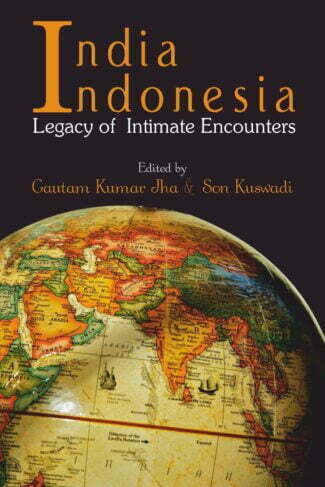
Evidences suggest that India and Indonesia were in trade relations for many millennia, starting from 3500 bce. Indonesia got all three religions Hinduism, Buddhism and Islam from India. There were ups and downs in their relations. This volume vividly talks about topics that foster(ed) mutual relations such as culture, religion, language, traditions and education.
Evidences suggest that India and Indonesia were in trade relations for many millennia, starting from 3500 bce. Suvarnabhumi (Sumatra) is mentioned in Jatakas, Indian epics and Mahavamsa, though there is no sequential documentation of it. The trade relations paved the way for Bali importing Indian pottery, priests coming from India and getting absorbed into the Indonesian society and the Indian traders and priests marrying the locals and settling there, thus spreading Hinduism and Indian culture throughout Java, Bali and Sumatra. Indonesia thus got all three religions Hinduism, Buddhism and Islam from India.
The historical and civilizational relations continued till the sixteenth century ce. The Western colonization drive of Asian countries broke this long-stood relationship. Coming to the twentieth century, Indonesia and its leaders were highly inspired by the anti-colonial views of Indian leaders like Mahatma Gandhi, Jawaharlal Nehru, Vallabhbhai Patel and Rabindranath Tagore, and India extended her moral support to the freedom struggle of Indonesia. But during the post-colonial era, the bilateral relations between both the countries were incoherent. The Look East Policy of India in the 1990s rejuvenated the relations and Indonesia became one of the greatest allies in fulfilling Indias South-East Asia Policy.
The scholarly articles in this volume vividly talk about topics that foster(ed) mutual relations such as culture, religion, language, traditions, education and so on, keenly drawing the attention of policy makers, trade analysts, cultural enthusiasts, investors, among a wide range of audience.
| There are no products |